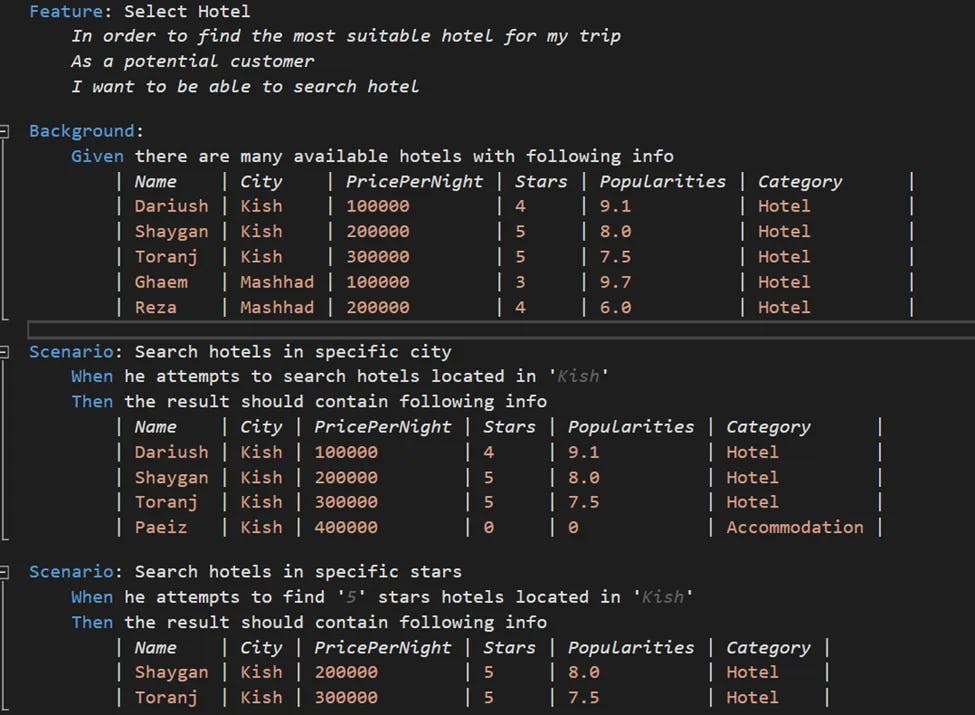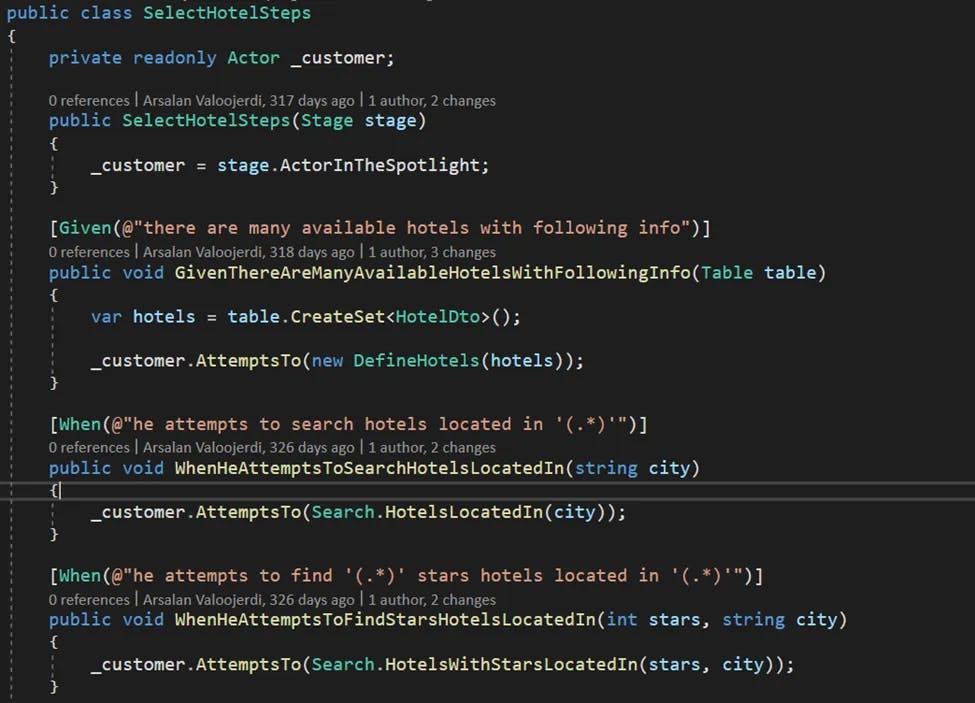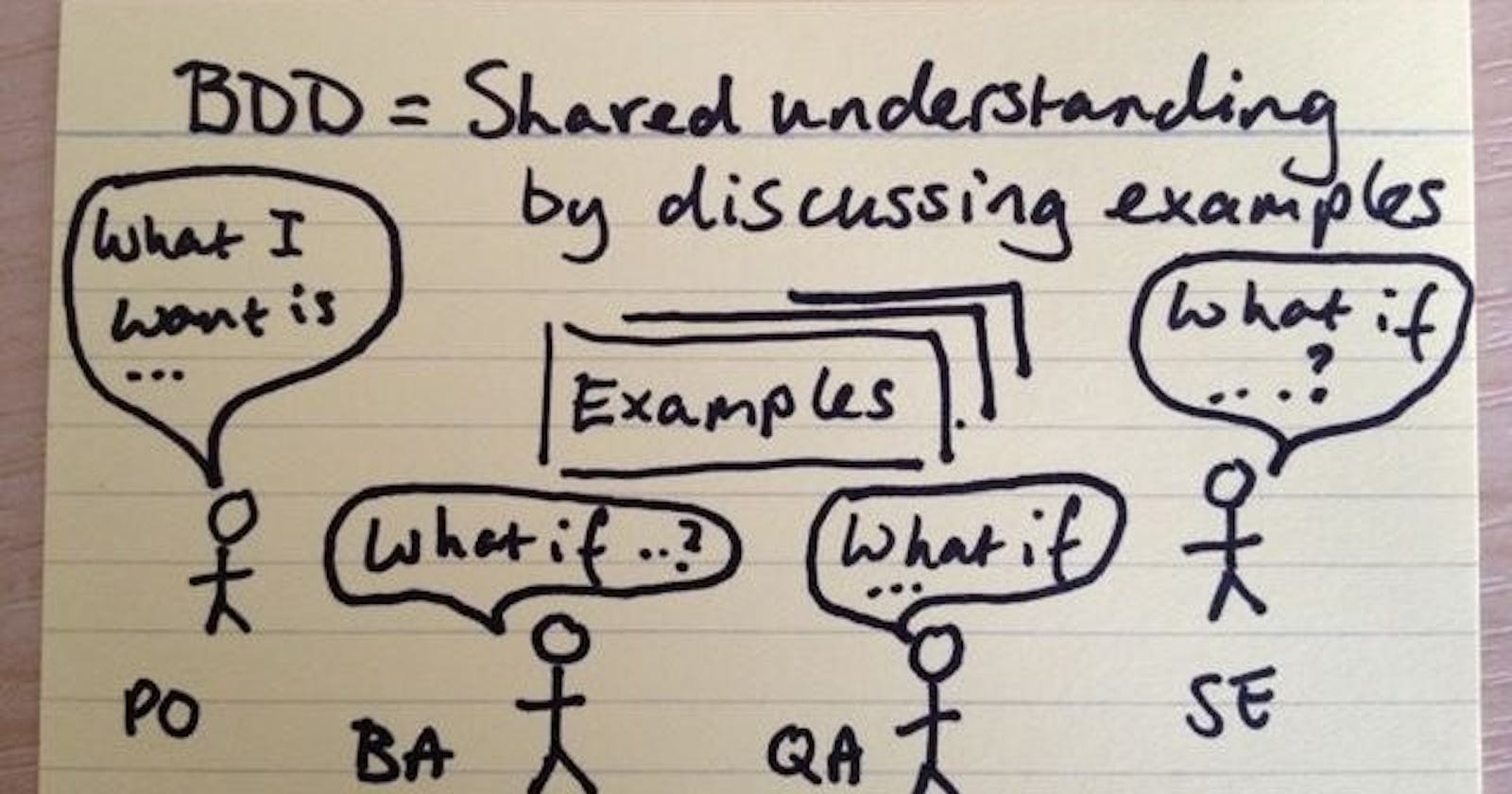Shared Understanding, Shared Success: Importance of BDD in Software Development
In the ever-evolving world of software development, one of the most crucial challenges is to create a product that truly matters to the customer. Often, development teams find themselves in a conundrum: they either build a product with perfect technical prowess that fails to meet the user’s requirements, or they create a product that satisfies the customer’s needs but lacks solid technical foundations. This is where Behavior-Driven Development (BDD) comes to the rescue, enabling teams to “Build the right product, right.”
Traditional Problem in Software Development
Traditionally, the discovery phase of software development has been a complex endeavor. It involves aligning the expectations of different stakeholders, including software engineers, product owners, product designers, and more. Each member brings their unique perspective and expertise to the table, but without a shared understanding, mis-communication and misunderstandings can hinder progress. These miscommunications and misunderstandings can hinder progress, leading to rework, delays, and even project failures. The lack of a shared understanding can result in wasted efforts, as team members may spend time and resources working on features or functionalities that are not aligned with the product’s overall goals.
Role of BDD in establishing a shared understanding
BDD plays a pivotal role in establishing a shared understanding among diverse team members. By promoting effective collaboration and communication, BDD ensures that everyone involved is on the same page regarding the product’s goals, features, functionality, and the reasons behind building specific features. This shared understanding forms the bedrock for successful software development, as it aligns the team’s efforts towards a common objective.
Importance of Examples in BDD
The essence of BDD lies in its emphasis on examples. Using a structured language called Gherkin, BDD enables teams to express requirements in the form of scenarios. These scenarios describe the expected behavior of the software from the user’s perspective, allowing all stakeholders to visualize and comprehend the desired outcomes. Gherkin scenarios act as a common language that bridges the gap between technical and non-technical team members, fostering effective communication and reducing the chances of ambiguity or misinterpretation.

By employing BDD, development teams can leverage these examples to create a shared understanding of the project’s requirements. Each stakeholder can contribute their perspectives and insights, bringing their domain knowledge to the forefront. This collaborative approach helps uncover nuances, edge cases, and potential pitfalls that might have been overlooked otherwise. With a shared understanding in place, the team can effectively align their efforts, make informed decisions, and prioritize features that truly matter to the customer.
Furthermore, BDD promotes a shift in mindset from merely writing code to designing features and tests that reflect the user’s needs. Rather than focusing solely on technical aspects, BDD encourages teams to consider the software’s behavior and its impact on the end user. This user-centric approach helps prioritize user satisfaction, resulting in a product that not only meets technical standards but also delights the customer.
BDD and Automation Testing
In addition to facilitating shared understanding, BDD also offers several practical benefits. The use of Gherkin scenarios as executable specifications enables automated testing, ensuring that the software behaves as intended. This helps detect issues early in the development process, reducing the overall cost of defects and enhancing the quality of the final product.

Conclusion
In conclusion, in an industry where building the right product for the customer is paramount, BDD emerges as a powerful ally for software development teams. By facilitating shared understanding through examples and promoting effective collaboration, BDD ensures that all stakeholders are aligned towards a common goal. This approach leads to the creation of software that not only meets technical requirements but also fulfills the needs and desires of the end user. Embracing BDD empowers teams to unlock shared success and deliver software solutions that truly matter.
